Canon PowerShot SX230 HS Review
Canon PowerShot SX230 HS
With a 14x optical zoom and built-in GPS this 12.1MP compact could be the perfect partner for your travels?
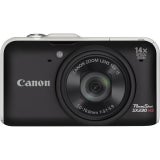
Verdict
Pros
- Image quality
- Ease of use
- Massive focal range
Cons
- No ability to record Raw files
- No finger grip
- GPS is a drain on battery
Key Specifications
- Review Price: £250.00
- 12.1-megapixels
- 14x optical zoom (28-392mm)
- Built-in image stabilisation
- GPS image tagging
- Creative digital filters
Announced at the beginning of the year, the Canon PowerShot SX230 HS is a 12.1MP compact travel zoom that packs a 14x optical zoom, along with a wide range of shooting modes and 1080p Full HD movie recording.
The SX230 HS sits alongside the SX220 HS within the PowerShot range. The two models are absolutely identical in terms of specifications and features, with the only difference being that the SX230 gets GPS functionality and costs an extra £30 or thereabouts. The two models are direct replacements for the 14MP PowerShot SX210 HS that scored a credible 8/10 when we reviewed it just over a year ago.
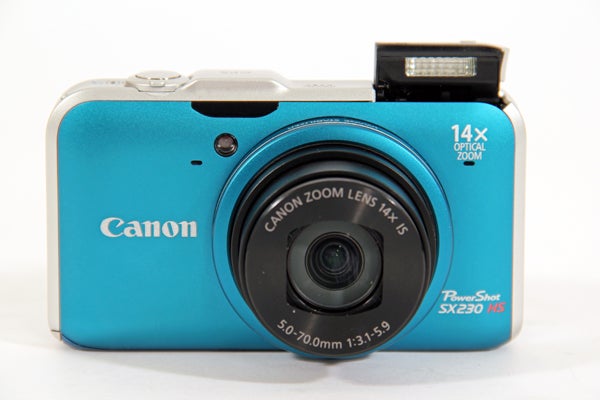
Throughout this review we’ll refer to the actual PowerShot SX230 HS production sample that we tested, although given the identical nature of the SX220 HS it’s perfectly possible to read all that follows as a review of that model too, before deciding for yourself whether GPS functionality is worth the extra outlay.
While Canon’s IXUS range has always been the more obvious choice for younger, more style-conscious photographers, the workhorse PowerShot range rarely fails to deliver in terms of useful shooting features and fantastic image quality. Falling within the PowerShot range, the SX230 offers a 14x zoom that offers a focal range of 28-392mm (35mm equivalent, making it every inch a travel compact. The addition of a GPS function only serves to confirm this, with the SX30 able to record accurate location data into individual image files once the camera has locked-on to a passing satellite.
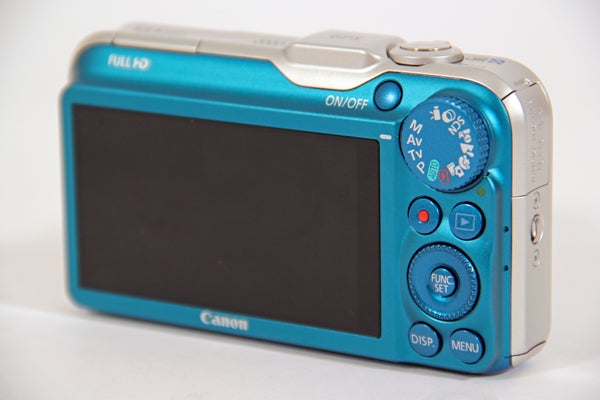
Of course, the travel compact segment is a busy market with plenty of rival models offering long zoom ranges, useful shooting features and clever technology. Does the SX30 have what it takes to compete with the likes of the Panasonic TZ20, or Fujifilm F550 EXR and Nikon Coolpix S9100? Let’s take a closer look at exactly what’s on offer and find out.
The SX230 HS is built around a 1/2.3in backside-illuminated CMOS sensor and Canon’s DIGIC 4 processor. Combined, these two core components account for the HS (High Sensitivity) element within the product name. As the name suggests, the SX230 isn’t just built for near or far photography, but for low-light photography too. Accordingly, standard sensitivity stretches from ISO 100 to 3200, with an additional ‘Low Light’ option tucked away in the Scene mode sub-menu that’s capable of extending sensitivity up to ISO 6400 albeit at a reduced resolution of 3-megapixels.
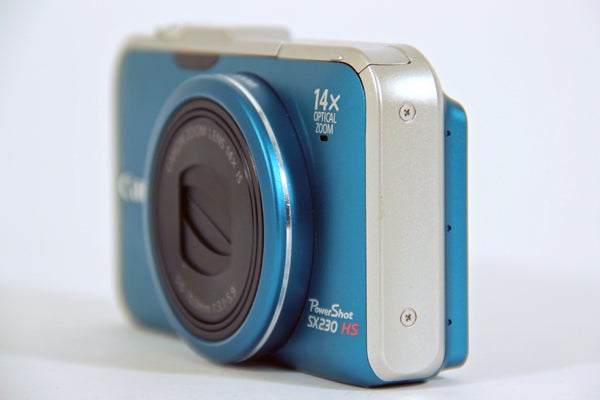
Interestingly, the 12.1-megapixel resolution of the SX230 represents a small reduction in effective resolution over the 14-megapixel offered by its predecessor – the SX210. This isn’t the first time Canon has reduced effective resolution in order to improve low-light performance. Canon’s flagship G-series has also seen a reduction in megapixels along with a corresponding boost in low-light performance.
Given that 12.1MP should be more than ample for all but the most demanding users, it’s good to see Canon rejecting the renewed trend for ever-larger resolutions in compact cameras. We’ve seen quite a flurry of compact cameras touting 16MP sensors recently, many of which have fallen a bit short in terms of image quality. The primary reason for this is that despite being an attention-grabbing spec, it’s actually quite hard to cram this many pixels on a smaller, compact-sized sensor without negatively impacting on its low-light performance.
Turning to the shooting modes that are on offer, photographers who prefer to work in fully manual mode will be pleased to note that the SX230 offers this option alongside the regular Program, Aperture-priority and Shutter-priority modes that, taken together, make up the creative PASM quartet that will be instantly familiar to regular DSLR users.
Fully automatic shooting options extend to a Smart Auto mode that analyses the scene and automatically selects an appropriate scene mode, plus an Easy mode that delivers hassle-free point-and-shoot photography with the camera automatically selecting absolutely everything. In addition there’s also a Scene mode access point from where you can choose one of the 12 individual scene modes, along with direct-access stops for Landscape, Portrait and Kids & Pets.
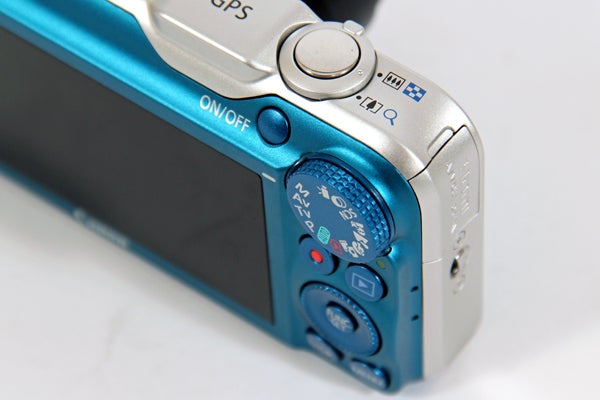
In keeping with the recent trend for digital filter effects, the SX230 offers a selection of Creative Filters, with a single stop on the shooting mode dial acting as the access point to a sub-menu of eight individual effects: Fish-eye, Miniature, Toy Camera, Monochrome, Super Vivid, Poster Effect, Colour Accent and Colour Swap.
While we didn’t find any cause to use the Colour Accent and Swap modes, we did find the Miniature, Toy Camera and Super Vivid effects can offer pleasing results when used in the right circumstances. The fish-eye effect is less convincing though, while the posterizing effect of Poster mode and black and white effects of Monochrome are much what you might expect.
The SX230 is JPEG-only with no scope to record images as lossless Raw files. Given that competitor models like the Fujifilm F550 EXR do offer the option to record in Raw, it strikes us as something of an oversight on the part of Canon. That said, there is still plenty of scope to tinker with the way the SX230 records JPEGs – from compression levels to colour profiles.
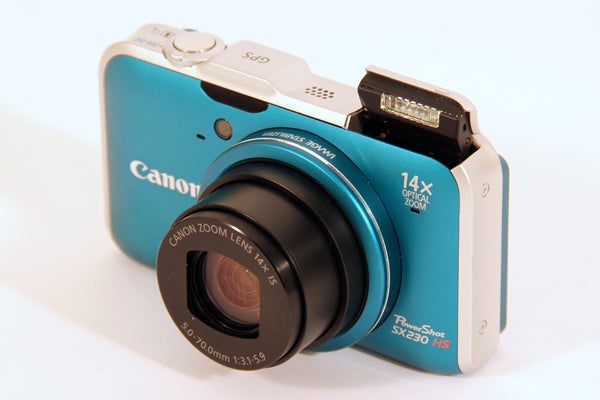
While there are two levels of compression – Fine and Normal – the SX230 also offers a choice of four output sizes for each aspect ratio – Large, Medium1, Medium2 and Small. Used at maximum settings in its default aspect ratio of 4:3, the SX230 outputs at 4000 x 3000 pixels. It’s also possible to record in 3:2, 16:9 and 1:1 although these options all take a crop from the sensor, thereby reducing maximum output at the largest file size to 4000 x 2664 at 3:2, 4000 x 2248 at 16:9 and 2992 x 2992 at 1:1. For a full list of output sizes please refer to the specifications page of this review.
Colour profiles are chosen via the My Colours menu accessed via the FUNC button. Once in the My Colours sub-menu there are 12 individual colour profile settings to choose from: Vivid, Neutral, Sepia, B&W, Positive, Lighter Skin Tone, Darker Skin Tone, Vivid Blue, Vivid Green, Vivid Red, plus Custom and Off options.
Choosing the right My Colour option is very much a matter of taste, and will also depend very much on the scene to be photographed, although all the options do produce quite markedly different results and what suits one particular scene might not suit another. For our part, we took a bit of a shine to the Vivid and Positive settings that both deliver a bit of extra punch to images without over-saturating things.
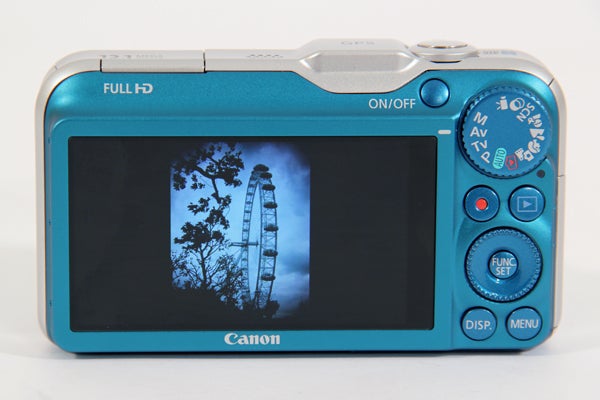
High definition movie recording is well catered for with a choice of either 1920 x 1080 Full HD at 24fps or 1280 x 720 HD at 30fps. In addition the SX230 can also be set to record 640 x 480 VGA and 320 x 240 QVGA movies, both at 30fps. Sound is recorded in stereo through two built-in microphones located to either side of the lens. Movies are recorded in the .MOV (.H264) format.
Those interested in capturing high-speed footage for slow-motion playback will be pleased to learn that the SX230 also features a Super Slow-Motion Movie recording feature that does exactly that, capturing the action at either 120fps at VGA quality or 240fps for QVGA movies.
The SX230 takes almost all of its design cues directly from the SX210 that preceded it, with a predominantly plastic case complimented by metal edging. This means that overall construction, while nowhere near the tough standard, feels pretty good, with the camera feeling solid enough and fairly weighty in the hand.
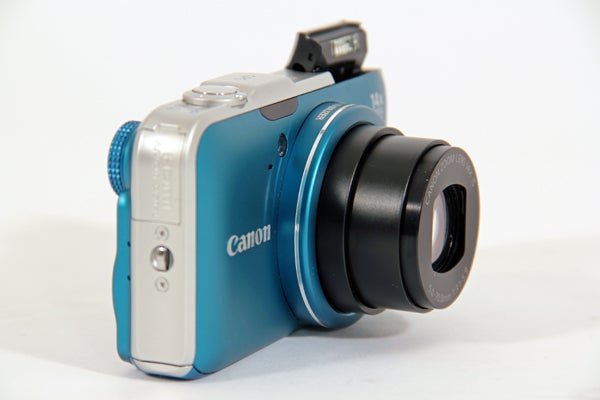
One small gripe we do have, that also applies to the SX230’s predecessor, is with the lack of a finger grip. Given the smooth-to-the-touch anodised finish on the front of the camera, we would really have liked to have seen something to make the camera feel a bit more secure in the hand. Given the lack of anything to grip we did find that we were reluctant to use the camera without a wrist strap. While it could be argued that this is just good practice, it’s certainly less flexible too.
Button layout also takes much the same form as the SX210, with only some subtle location and design changes. For example the spring-loaded zoom control is now located around the shutter button rather than to the side and the on/off switch has relocated to the back of the camera, rather than on top.
Overall, the SX230 is easy to operate though and we like how the placement of the shooting mode dial on the back of the camera makes it easy to hop between shooting modes while simultaneously acting as a rather convenient thumb-rest.
The camera sports a direct record red-dot button on the back of the camera for one-touch instant recording outside of the camera’s dedicated movie mode option on the shooting mode dial. Underwater photography fans may be interested to know that a dedicated waterproof case – the WP-DC42 – is available as an optional extra at a cost of about £200.
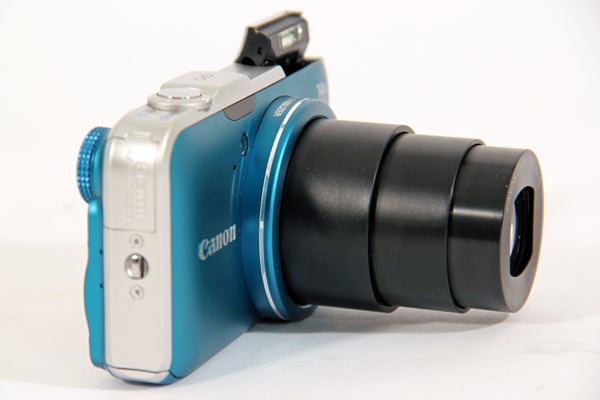
In-camera menus are especially well laid out and easy to navigate on the SX230, with the various options and features all proving quick and easy to reach through either the FUNC/SET Quick Menu button and the main Menu button below it. Exactly what options the Quick Menu will access depends on the shooting mode the camera is being used in at the time, but whatever you want to change, menu navigation on the SX230 never feels particularly long-winded.
One odd quirk that the SX230 appears to have inherited from its predecessor is that the flash still pops up every time the camera is switched on, irrespective of whether it is needed or not. While it’s simple enough to snap it back down if not needed it does strike as an oversight on Canon’s part.
In use, the SX230 performs very well in all respects. From being switched off the camera starts up and becomes ready to use in less than a couple of seconds. Autofocus performance is pretty quick in good light, although it can take longer for the camera’s contrast-detect system to find focus in poor light. The SX230 has a built-in AF assist that can be called upon if required, just so long as the subject falls within its reach.
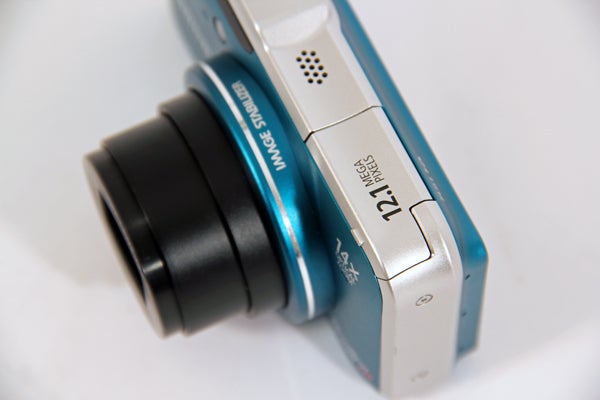
Using the zoom also proves pretty speedy. Using a stopwatch we consistently timed its full extension from 28mm to 392mm (and back from 392mm to 28mm) at a fraction over two seconds. If you’re more concerned with accurate framing than speedy zoom extension then the spring-loaded zoom control can also be used to make fairly minute and thereby precise alterations to the focal overall length.
With such a generous focal range it’s good to know that the SX230 contains built-in image stabilisation technology that offers four extra stops. We found it to work very well, both when using slower shutter speeds in low-light, and when using the camera at the furthest reaches of its telephoto capabilities. We even managed to get sharp images at as low as 1/10sec with the zoom at its full 328mm extension.
If you really need to go beyond the 14x capabilities of the optical zoom, the SX230 also offers a digital zoom that can magnify things up to 56x. It’s worth noting, however, that because the digital zoom is essentially just a crop and magnification of the optical zoom, images recorded using it come out at a lower resolution and look far inferior to those produced by the optical zoom. As a last-resort though, it does have the potential to occasionally come in handy.
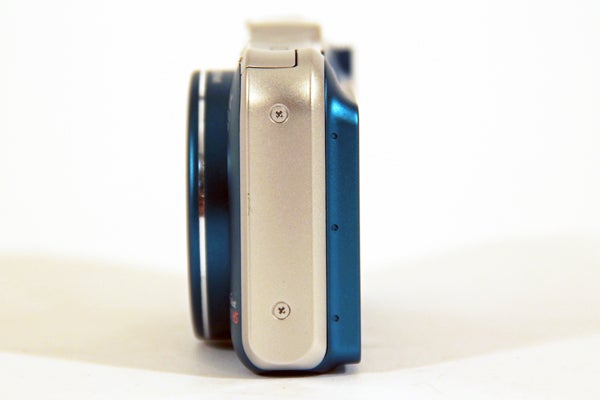
With the camera’s drive mode set to single-shot, processing between each shot takes just under two seconds. Thankfully, there’s also a continuous drive mode option, which we timed at a fraction over three frames per second. Using continuous drive, we were able to record more than 50 consecutive images without filling the camera’s buffer. It’s also possible to set the camera to employ AF tracking alongside continuous drive, for uninterrupted shooting of moving subjects. Within the Scene mode sub-menu there’s also a High-Speed Burst option that shoots 8fps at 3-megapixels.
As with the vast majority of GPS-enabled cameras it’s not possible to get a lock-on while indoors, and can initially take some time to lock-on when used outdoors too. There is the option to leave the GPS in an ‘always on’ state, although this does of course have a negative impact on battery life. The GPS data itself is accurate to within a few feet and Canon bundles in some software that allows you to trace your journey on a map.
The SX230 offers three metering options: evaluative, centre-weighted and spot. All have their uses and all prove accurate. When used on evaluative metering there is a slight tendency for the SX230 to overexpose, especially when faced with high contrast scenes. Thankfully, this can be controlled to a certain extent through the use of exposure compensation, of which there is /-2EV to play with.
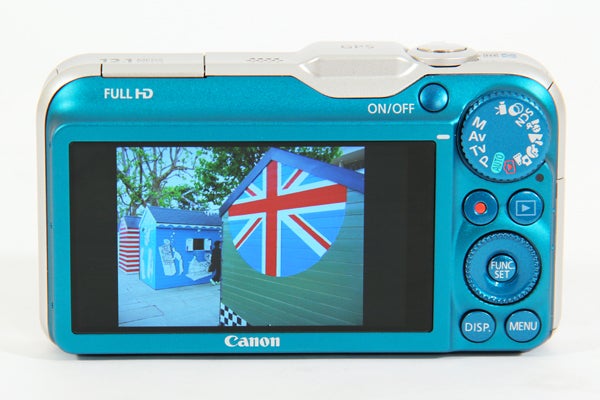
Saturation levels depend very much on which My Colour profile is selected. With the My Colour options switched off entirely, the SX230 produces images with nicely balanced colour – neither too saturated nor too flat. Of course, saturation is very much a matter of taste and while we rather liked the Vivid profile it can sometimes make things look over-saturated, while the Neutral setting can occasionally make things look a little too flat. We found the Positive film setting to offer a happy medium. You can, of course, set up your own custom My Colour profile too.
Used on the automatic white balance setting we didn’t experience any problems, with colour temperature proving consistently reliable, regardless of whether we were using the SX230 indoors under artificial light, or outdoors in shade or direct sunlight.
Edge sharpness and resolution of fine detail are both very impressive, with the SX230 delivering above average results on both counts. At lower sensitivities, where image noise is completely absent detail is especially impressive – easily good enough to print at A3 size with no discernible loss in quality.
Verdict
The SX30 is an easy-to-use and well-specified travel compact that delivers consistently excellent image quality. While we would have liked the ability to record lossless Raw files and a proper finger grip, there is little else to fault with the camera. Ultimately, we have no hesitation in recommending the Canon SX230 HS – or indeed its non-GPS twin, the SX220 HS – as thoroughbred travel compacts.

This 100% crop at ISO 100 shows a clean, sharp image with good detail

At ISO 200 little has changed from ISO 100

By ISO 400 some softening has occurred along with the first hints of noise

By ISO 800 noise is becoming more noticeable

By ISO 1600 the image is looking very soft with a marked loss of detail

At the top setting of ISO 3200 the image has degraded considerably
All images are directly out of camera unless otherwise stated

The fully automatic Easy shooting mode delivers great results
1/160sec @ f/4, ISO 400, AWB, Evaluative Metering

The SX230’s long zoom range lets you get closer while maintaining your distance
1/200sec @ f4.9, ISO 400, AWB, Evaluative Metering

The SX230 resolves lots of detail right across the screen – especially at lower ISO settings
1/80sec @ f/5.6, ISO 100, AWB, Evaluative Metering

The ‘Super Vivid’ effect delivers plenty of punchy colour
1/125sec @ f/4.5, ISO 160, AWB, Evaluative Metering

The large focal range makes it much easier to frame your tourists snaps
1/160sec @ f/5.6, ISO 250. AWB, Evaluative Metering

Even at its full telephoto extension in less that ideal light the SX230’s lens remains remarkably sharp
1/200sec @ f/5.6, ISO 200, AWB, Evaluative Metering

Selecting the ‘Vivid’ My Colour profile adds a bit of extra punch to images
1/80sec @ f/3.5, ISO 125, AWB, Evaluative Metering
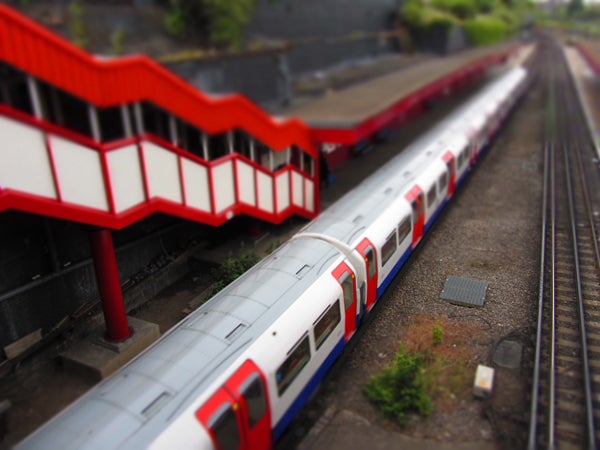
The Miniaturisation effect is lots of fun and capable of good results
1/160sec @ f/4. ISO 100, AWB, Evaluative Metering
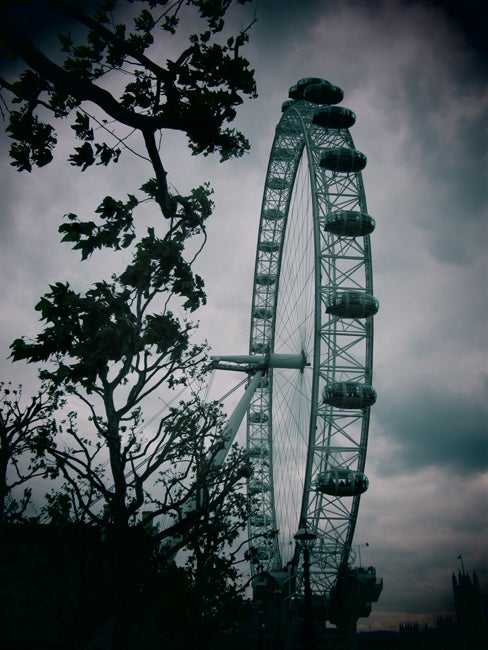
The Toy Camera effect can be used to good effect too
1/1000sec @ f/4, ISO 100, AWB, Evaluative Metering
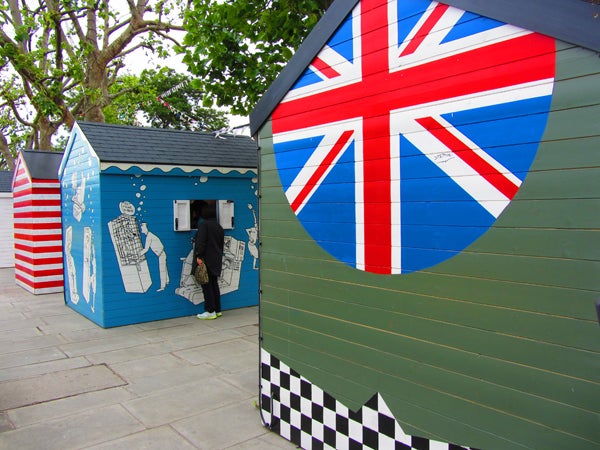
The Super Vivid effect is quite fun too, although you do need to exercise caution with it
1/125sec @ f/4, ISO 100, AWB, Evaluative Metering

Another example ofthe SX230’s effects helping out to get the most out of an otherwise grey, flat day
1/400sec @ f/4, ISO 125, AWB, Evaluative Metering
Trusted Score
Score in detail
-
Value 8
-
Design & Features 8
-
Image Quality 9
-
Build Quality 8
Features
| Camera type | Digital Compact |
| Megapixels (Megapixel) | Megapixel |
| Optical Zoom (Times) | 14 Xx |
| Image Sensor | CMOS |
| Image Stabilisation | Optical |
| LCD Monitor | 3 in |
| Flash modes | Auto Flash, Flash ON, Flash OFF, Slow Sync, Flash Exposure Compensation, Red-eye Reduction |
| Video (max res/format) | 1920 x 1080 |

